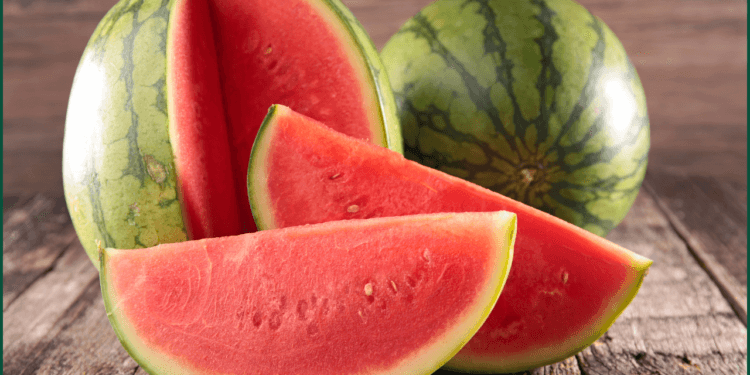Watermelons, made up of over 90% water, are a refreshing summer favorite, brimming with vitamins A, C, and B6, plus antioxidants like lycopene. They also offer potassium, magnesium, and citrulline, boosting heart health and aiding muscle recovery. Yet, with some vendors artificially enhancing their appearance using dyes or chemicals, choosing a safe, ripe watermelon can be tricky. Here’s a guide with 10 unique tricks to ensure you pick a winner.
- Symmetry Speaks
Go for watermelons with a balanced, even shape. Oddly formed ones might have ripened unevenly or grown in subpar conditions. - Cotton Clue
Slice it open and swipe a cotton ball across the flesh. If it stains red, beware—artificial coloring could be at play. - Knock and Listen
Give it a gentle tap with your knuckles. A ripe melon echoes with a low, hollow tone, promising juiciness inside. - Heft It Up
Lift the watermelon—a heavier one hints at higher water content, translating to better taste and hydration. - Sweet Speckles
Look for small brown dots or lines on the rind, dubbed “sugar spots.” These signal a naturally sweet fruit. - Field Spot Check
Flip it over. A creamy yellow patch on the bottom shows it matured fully on the vine. - Water Glass Trick
Drop a chunk into a glass of water. If the color bleeds out, it’s a red flag for artificial additives. - Rind Review
Pick one with a rich green hue and bold stripes. Skip any with faded, soft, or damaged skin. - Paper Test
Rub a piece of white paper on the flesh. Color transfer? It might be laced with chemicals. - Pest Patrol
Scan for scratches or bite marks—signs of rodents or bugs that could mean poor storage.


















































